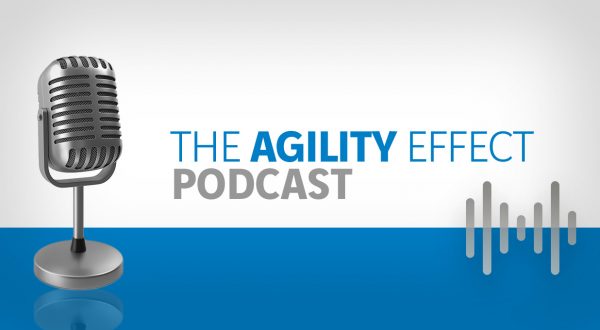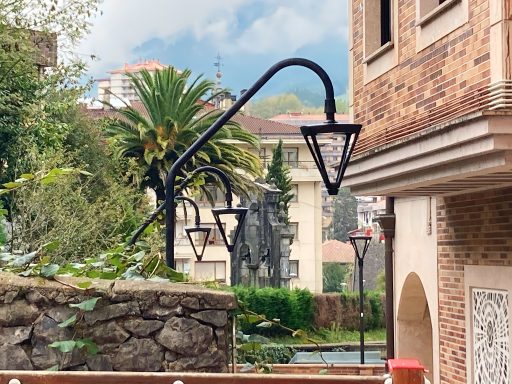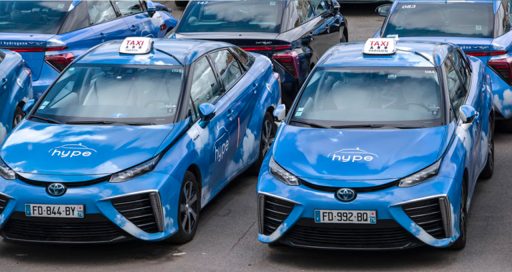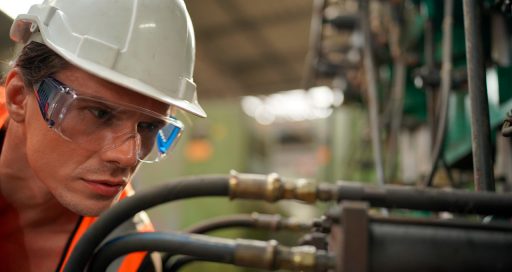Lithium-ion technology dominates the battery sector. But other options are emerging, including sodium and zinc accumulators, which combine several advantages: less expensive materials, longer life cycle, and reduced environmental impact.
![]()
When it comes to batteries, lithium-ion has become the go-to technology for electric cars, smartphones, laptops, and many other applications. However, this “major breakthrough of the last century”, as it was described by Jean-Marie Tarascon, who holds a chair in chemistry of materials and energy at the Collège de France research institution, may soon share the market with other technologies. Indeed, it may even lose market share to them in a number of cases.
Lithium-powered batteries are efficient, the metal is light – a plus for mobility – and offer high energy density. But they pose several problems.
“Electric mobility has been reinventing itself for 10 years now and since there is a lot of R&D going on in the sector, we’ll probably see the emergence of a technology that overtakes Li-ion within the next few years.”
“Battery manufacturers are looking for solutions that use low-cost materials and that are available in every corner of the globe, which is not the case for lithium or rare metals such as cobalt, used in batteries to facilitate chemical reactions in electrodes,” explains Antoine de Broves, energy storage solutions expert for Omexom (VINCI Energies).
“Lithium itself is less rare but it can only be extracted in specific parts of the world and has a substantial environmental impact. It is abundant in Bolivia and Chile, particularly in the Andean Salars [salt flats]. Avoiding the use of rare metals or materials with limited reserves helps reduce the economic and environmental cost of batteries.”
“Various options are emerging, and those based on sodium-ion and zinc-air are looking promising in tests,” says de Broves.
Industrial sodium-ion demonstrator
So what is the Holy Grail of accumulator technology? It would be the result of a calculation that factors in ecological impact, cost, energy density, weight, and durability over time. Omexom is closely following the development of technologies being worked on by laboratories and startups like Tiamat based in Amiens, northern France.
A battery-of-the-future trailblazer, Tiamat has developed a new generation of sodium-ion batteries and launched an initial industrial demonstrator.
In Delft, the Netherlands, AquaBattery is also moving forward on this sodium-based technology, whose benefits include the low cost and wide availability of salt, as well as durability and safety. With a higher power/energy ratio than that of lithium-ion batteries, the sodium-ion solution is especially relevant for applications requiring power.
Tiamat is relying on the sodium-ion battery’s fast-charge capacity to use the solution in cases where charge-discharge cycles are short and range requirements are limited, for example in shared mobility applications, such as electric bikes and scooters, or in applications that require more power like buses or industrial rolling stock with fast-charging stations.
At this stage, sodium-ion is not recommended for electric cars as the range it offers is fairly low. However, its power capability opens up opportunities for short-term grid energy storage to ensure that electricity supply matches demand in real time for instance.
Rechargeable zinc-air solution
A further technology that meets economic and environmental criteria is zinc-air. Zinc is a base metal that can be found in abundant supply in various parts of the world. EDF-owned company ZnR batteries, which specialises in this niche market with its Zinium solution, is testing a residential zinc-air storage system.
In addition to the availability and low cost of its components, the solution offers the benefit of being rechargeable and does not present a risk of overheating like lithium. Furthermore, adds Antoine de Broves, “the energy density of the zinc-air solution is four times higher than that of the lithium-ion solution.”
On the face of it, mobility is not its sector, since battery charge time is longer than with lithium-ion. But zinc-air technology can meet self-consumption needs in residential and industrial settings. And it can also provide a storage solution for microgrids.
“Whether sodium or zinc-based, these new battery technologies deliver excellent energy density, and manufacturers are forecasting substantial cycle life (number of cycles). In this respect, they are looking very promising,” continues de Broves. “Some demonstration projects are still costly and offer limited power and energy, but electric mobility has been reinventing itself for 10 years now and since there is a lot of R&D going on in the sector, we’ll probably see the emergence of a technology that overtakes Li-ion within the next few years.” The same goes for the battery sector as for IT in its infancy: every month sees further progress.
15/10/2020
Learn more:
https://www.omexom.nl/en/





